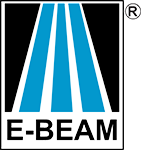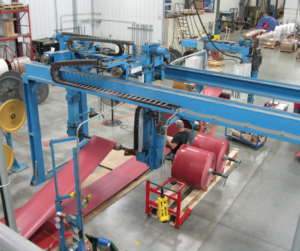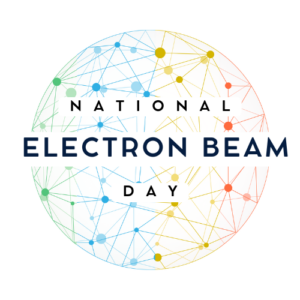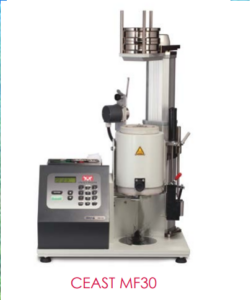[embedyt] https://www.youtube.com/watch?v=XRJQQE8qmMI[/embedyt]
What if you had a tool you could use to improve your existing plastic or polymer product?
Or a tool that enables you to create a new specialty product? What if that tool could improve the temperature rating of your product or improve its chemical resistance or give it the low-temperature impact resistance your need? Those physical property improvements are just a few examples of what you can achieve with electron beam processing.
Electron beam is the valuable tool you can use to impart valuable physical properties into commodity plastics such as polyethylene, EVA, PVC, crosslinkable nylon, and certain fluoropolymers, and in this way create specialty products. It’s the power of electrons. Manufacturers have used electron beam processing for decades to create products like high performance wire and cable, crosslinked foam, heat shrinkables, pex pipe, and specialty formed parts in many shapes and sizes. If you’re not familiar with electron beam, don’t be surprised even though billions of dollars of specialty products are made using electron beam. It is often kept secret by the manufacturers using it.
Here’s how it works.
A shower of fast moving electrons strike your product as it is conveyed through the beam. The long chain molecules of the polymer are ionized by the fast electrons. The ionized polymer chains connect to each other and crosslinked polymer matrix is created. The polymer matrix has improved physical properties compared to original material. Heat resistance may be improved, eliminating distortions in high temperature applications. Creep resistance may be imparted; your product retains its shape after pressure is applied. Or low-temperature impact strength can be enhanced. The list of potential physical property improvements you can achieve with crosslinking is remarkable. Think of an electron beam as a very large x-ray machine, but you don’t have to invest millions of dollars on a processing facility.
E-Beam Services has done that for you.
You can use E-BEAM’s network of world class plants to do experimental work that leads to pilot plant production, and you can count on E-BEAM Services for full scale production on a cost-effective basis. E-BEAM makes it simple and straight forward, with processing plants that are setup to handle products in a number of forms. For formed parts, our cart conveyor system is used. For long lengths of products like wire or tubing, E-BEAM has high-speed reel to reel capabilities. For sheet and film products we utilize versatile roll to roll handling equipment.
So what is the cost of electron beam processing at E-BEAM?
Our customers compete successfully with companies that have their own electron beam accelerators.
E-Beam can do that because we operate a network of the highest power accelerators with a proven record of reliability, with a cost-effective plant utilization, and a high level of processing efficiency.
So how do you get started?
You can call one of E-BEAM’s friendly Technical Service Representative to explore your idea. In a simple experiment, you send three samples for low, medium, and high levels of dose. Then, you can test for the physical property improvement you’re looking for. An experiment costs less than $1000 and can be turned around in just one or two weeks. Keep in mind that the new product that you invent is all yours; it’s your proprietary product and E-BEAM will help you keep it confidential. For more than 25 years, E-BEAM has been making it simple and straightforward for manufacturers to use electron beam. Our motto is: customers make great products. For more guidance, visit the E-BEAM website.
Our business is helping you solve a problem or invent a new product.



